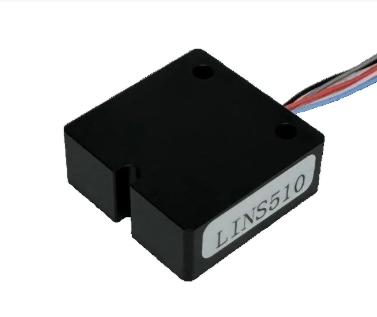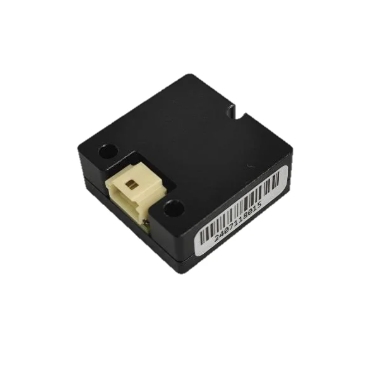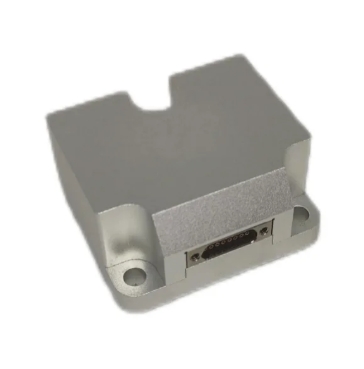- This topic is empty.
-
AuthorPosts
-
As industries around the world embrace automation, autonomy, and real-time positioning, the demand for compact, high-performance sensing technology is rapidly increasing. At the heart of many of these systems lies the MEMS IMU—Micro-Electro-Mechanical Systems Inertial Measurement Unit—a compact yet powerful sensor suite that provides essential motion data.
From aerospace to autonomous vehicles, robotics to industrial equipment, MEMS IMUs are revolutionizing how machines perceive and respond to movement. Behind the scenes, companies like LINS—a high-tech enterprise dedicated to the development and integration of inertial sensing technology—are leading the way in delivering precise, reliable, and efficient IMU solutions.
In this blog post, we explore the core features of MEMS IMUs that make them indispensable to modern applications and highlight how LINS is pushing the boundaries of what's possible in inertial navigation.
What Is a MEMS IMU?
A MEMS IMU (Inertial Measurement Unit) typically consists of:
Accelerometers: Measure linear acceleration.
Gyroscopes: Measure angular velocity.
Sometimes, magnetometers: Provide directional heading (optional in some IMUs).
These micro-scale sensors are integrated into a compact module that can track movement, orientation, and vibration in real time.

Key Features That Drive Performance
1. High Precision Motion Sensing
At the core of every MEMS IMU is its ability to detect minute changes in acceleration and rotation. LINS designs its IMUs with:
Low-bias drift gyroscopes
High-resolution accelerometers
Advanced digital signal processing
These features ensure accurate inertial data over time, even in environments where GNSS (GPS) is unavailable or degraded.
2. Compact Size, Lightweight Design
MEMS IMUs are known for their miniaturized structure, making them ideal for:
UAVs and drones
Wearable devices
Precision agriculture equipment
LINS’s MEMS IMUs are designed to maximize functionality in the smallest possible footprint, allowing seamless integration into space- and weight-constrained platforms.
3. Low Power Consumption
Power efficiency is critical in mobile and battery-powered systems. MEMS IMUs by LINS offer:
Optimized circuitry to reduce energy drain
Intelligent power modes for sleep and wake-up cycles
Application-specific configurations to balance performance and battery life
This makes them suitable for long-duration missions such as autonomous vehicles or unmanned aerial systems.
4. Robust Environmental Adaptability
MEMS IMUs must maintain accuracy across changing environments. LINS ensures its IMUs feature:
Wide temperature operation ranges
Vibration resistance and shock tolerance
EMI shielding for noisy industrial or defense scenarios
They are rigorously tested to perform reliably in challenging field conditions, whether mounted on a high-speed vehicle or deep within underground machinery.
5. Real-Time Data Processing and Sensor Fusion
To deliver actionable data, modern IMUs go beyond raw readings. LINS integrates:
Kalman filters and AI-enhanced sensor fusion algorithms
Onboard microcontrollers for low-latency computation
Output in standardized formats (e.g., RS232, CAN, SPI)
This enables seamless integration into control systems, navigation algorithms, and robotics platforms.
6. High Sampling Rate and Low Latency
Precision timing is critical in applications like:
Drone stabilization
Autonomous vehicle control
Industrial machine feedback loops
LINS’s MEMS IMUs support high-frequency data acquisition (often up to 1kHz or more), delivering near-instantaneous feedback for rapid decision-making systems.
7. Customizability and Integration Support
No two industries have the exact same requirements. That’s why LINS offers:
Custom firmware and communication protocols
Hardware customization services
Support for multi-sensor integration (e.g., GNSS, odometry, barometers)
From prototyping to full-scale deployment, LINS provides tailored solutions for each client’s unique needs.

Applications Across Industries
Thanks to these key features, MEMS IMUs play a crucial role in:
Autonomous Vehicles
Enabling dead reckoning, lane-level navigation, and real-time orientation, even when GPS is temporarily lost.
UAVs and Drones
Providing flight stabilization, payload control, and terrain-following navigation.
Industrial Automation
Supporting machine positioning, robotic arm control, and mobile platform orientation.
Geological and Tunnel Mapping
Allowing accurate underground navigation without GNSS signals.
Marine and Defense Systems
Offering inertial guidance and weapon stabilization in GPS-denied environments.
About LINS: Innovation in Inertial Sensing
As a national high-tech enterprise, LINS is committed to advancing the field of inertial measurement through:
In-house R&D and testing labs
Patented sensor fusion technologies
ISO-certified manufacturing facilities
Global partnerships and OEM services
From MEMS gyroscopes and IMUs to full inertial navigation systems (INS), LINS delivers integrated solutions trusted by clients in aerospace, defense, agriculture, and automation.

Final Thoughts
The world is moving faster—and smarter—than ever. MEMS IMUs are the invisible enablers behind precise motion control and autonomous intelligence. When it comes to performance, durability, and custom integration, LINS stands at the forefront of this rapidly evolving technology.
Whether you’re developing the next autonomous robot or deploying smart infrastructure, LINS’s MEMS IMUs offer the precision, reliability, and efficiency you need.
-
AuthorPosts